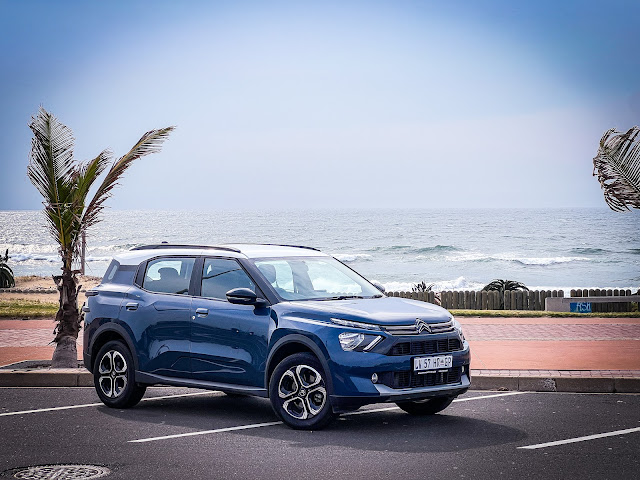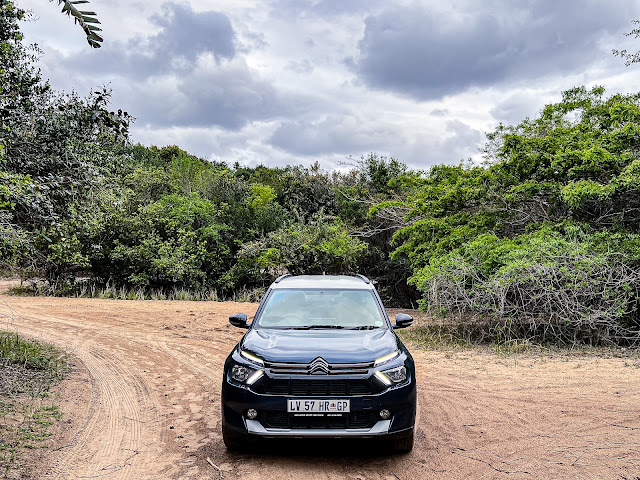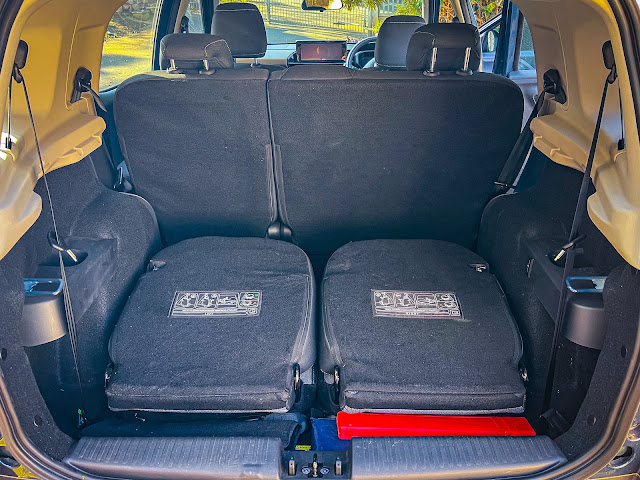With the new CLE Cabriolet, Mercedes-Benz is continuing its long tradition of four-seater open-top dream cars. Expressive design, intelligent technology and upmarket equipment guarantee driving pleasure at an exclusive level. This new model is based on the sporty CLE Coupé. However, the classic fabric acoustic soft top and additional high-quality details give it a character of its own. The CLE Cabriolet combines dynamic driving characteristics with a high level of everyday comfort for year-round open-air enjoyment.
Open-air fun any time of year
The AIRCAP® electric wind deflector system and the AIRSCARF® headroom heating system are standard equipment. Both systems have been further developed. They make open-top driving in cool outside temperatures more pleasant. AIRCAP® consists of two elements: the wind deflector on the windscreen directs airflow over the occupants’ heads. It extends at the touch of a button. The automatic wind deflector behind the rear head restraints reduces turbulence more efficiently. AIRSCARF® produces even warmer airflow around the necks and throats of front-seat occupants – even in unfavourable wind conditions.
The standard-fit fabric acoustic soft top also contributes to the year-round usability of the CLE Cabriolet. It is available in the colours black, red or grey. The multi-layer structure with extensive insulation provides the basis for the best thermal comfort in all seasons. It also reduces wind and driving noise. The soft top opens and closes within 20 seconds up to a road speed of 60 km/h. For the first time, it is powered exclusively by electricity, making it even quieter. The standard-fit powered roller divider automatically separates the folded soft top from the remaining luggage compartment.
Sporty luxury in a class of its own
The freestanding 12.3-inch fully digital instrument display and the 11.9-inch driver-oriented central display in portrait format are eye-catchers in the interior. The latter can be electrically tilted from 15 to 40 degrees to prevent distracting glare when the soft top is down. Another highlight is the optional dynamic ambient lighting. Bands of light sweep from the cockpit over the doors and rear side panels to behind the rear seats. This stylish wraparound feel is enhanced by two further details: the top of the dashboard, the beltlines and the soft-top stowage lid are upholstered in black man-made nappa leather effect. Added to this is the chrome trim that runs around the entire passenger compartment.
To prevent the optional leather seats from heating up too much in the summer, they have a special coating which reflects the sun’s near-infrared rays. As a result, the leather remains up to 12 degrees cooler in direct sunlight than untreated standard leather. Even with the top closed, the interior heats up less thanks to the cool seat covers. The choice of colours offered for the sun-reflecting leather and nappa leather are: black, macchiato beige/black, tonka brown/black, power red/black and white/black. The standard AVANTGARDE Line offers ARTICO/MICROCUT man-made leather in black.
The front seats developed exclusively for the CLE have an integral sports seat design. In conjunction with the optional Burmester® 3D surround sound system, they each have two loudspeakers level with the head restraints. This creates a particularly personalised and immersive music experience with Dolby Atmos and Spatial Audio close to the ear. This premium sound system has a total of 17 loudspeakers.
Generous space inside
As the largest convertible in the mid-size segment, the sporty two-door model offers a high level of long-distance comfort for four people. The dimensions are: 4,850 millimetres long, 1,861 millimetres wide, 1,424 millimetres high and a wheelbase of 2,865 millimetres. Rear passengers in particular benefit from the extra 25 millimetres on the wheelbase. Among other things, they have 72 millimetres more knee room and 19 millimetres more shoulder and elbow room. This makes the vehicle significantly more spacious than the C-Class Cabriolet.
With a volume of 385 litres (295 litres with the top down), the boot is extremely practical for everyday use. If required, this is extendable using the folding rear seat backrests. Customers can conveniently fold them down from the boot in a 60:40 split. Access to the luggage compartment is contactless and fully automatic with HANDS-FREE ACCESS. KEYLESS-GO is also part of standard equipment. The vehicle doors lock and unlock by touching the door handle.
Exceptionally interactive and customised
The entertainment offering is highly interactive and personalised. The third generation of the MBUX (Mercedes-Benz User Experience) infotainment system enables third-party apps. The MBUX Entertainment package is optionally available via the Mercedes me Store. It includes internet radio, music streaming and a data package from a selected third-party provider.
Thanks to artificial intelligence, MBUX also offers a new level of personalisation with automated convenience functions. At market launch, customers will be able to use templates for standard routines. Examples include “Cold days” (seat heating switches on at a certain outside temperature) or “Date night” (romantic music plays via Bluetooth audio; the ambient lighting turns pink). Users access the templates via a carousel in the central display. They can also create their own routines, by linking several functions and conditions. They do this on the central display and the resulting routines appear under the “My routines” menu heading.
Dynamic and comfortable driving experience with a powerful, top-of-the-range six-cylinder engine
The chassis of the new CLE Cabriolet enables driving pleasure on winding roads. At the same time, it offers exceptional ride comfort on long journeys. The comfort suspension, which has been lowered by 15 millimetres, is fitted as standard. It combines a supremely comfortable ride with responsive, sporty handling. A sports suspension with an amplitude-selective damping system is available as an option.
The optional DYNAMIC BODY CONTROL suspension facilitates a highly adjustable driving experience ranging from extremely sporty to comfortable through continuous, adaptive damping front and rear. The active suspension individually controls the damping characteristics for each wheel in conjunction with the engine, transmission and steering characteristics. This takes into account the driving situation, speed and road conditions. The DYNAMIC SELECT switch gives the driver a choice between a comfortable or firmer, sportier setup.
All engines are mild hybrids. Each has an integrated starter-generator and 48-volt on-board electrical system.
“Sublime, that’s the word that I would use to describe the all-new CLE model offerings that we have made available to our customers. These are the cars that people dream about, and they do not disappoint. We have come in very competitively with our pricing and customers have unmatched choice in terms of crafting their desired CLE model to their specification.” Alex Boavida. Vice President Sales and Marketing MBSA.




















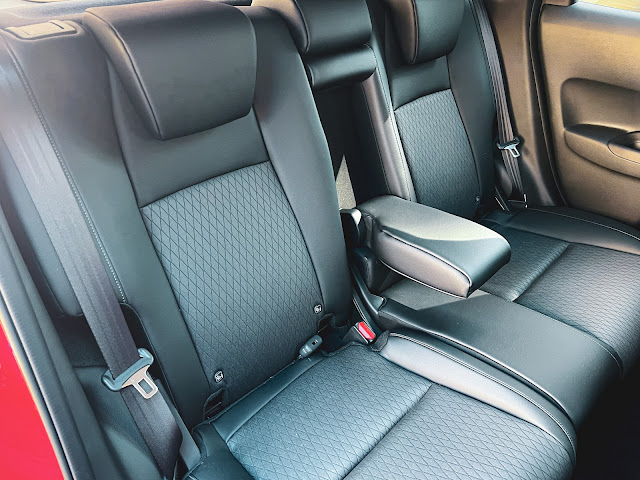
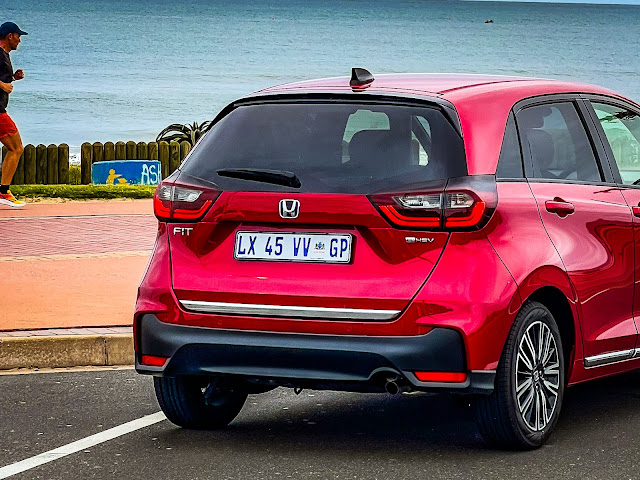







.jpg)
